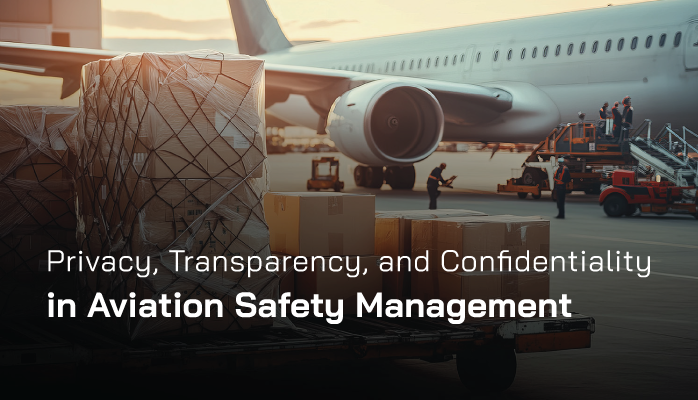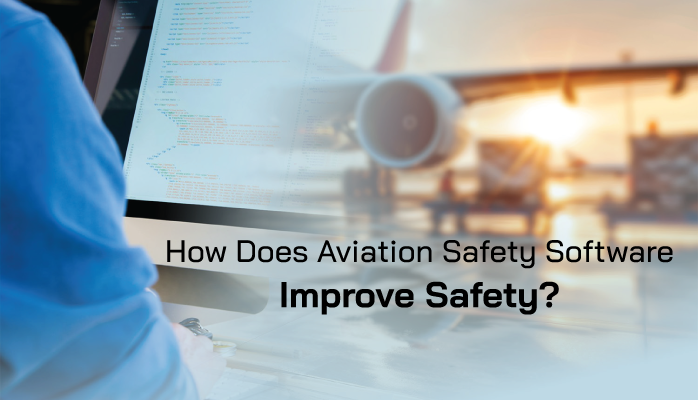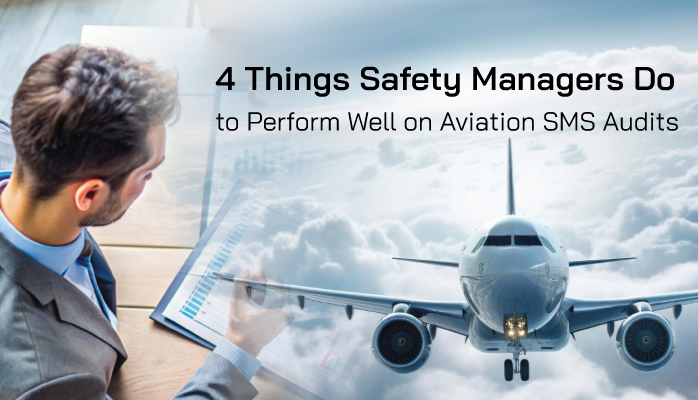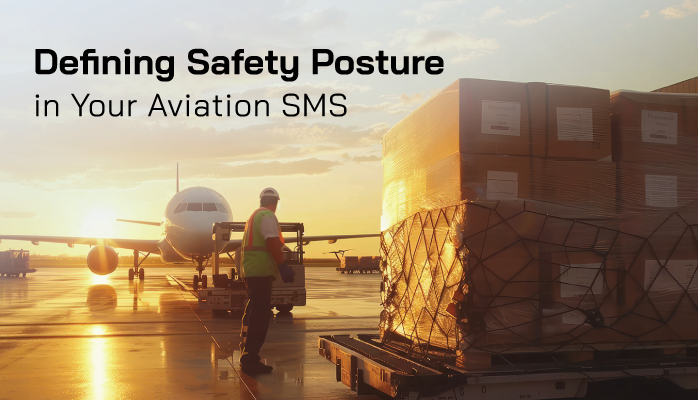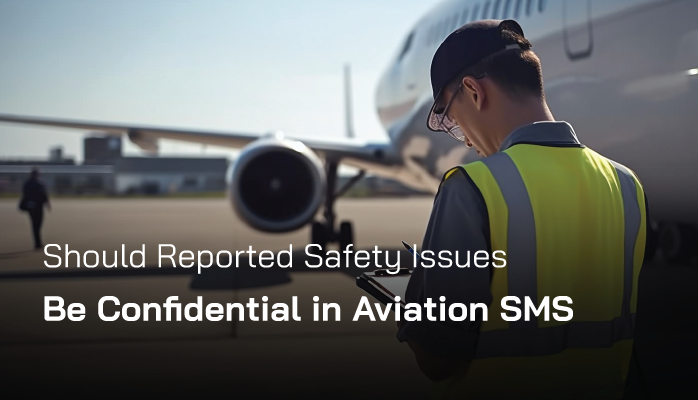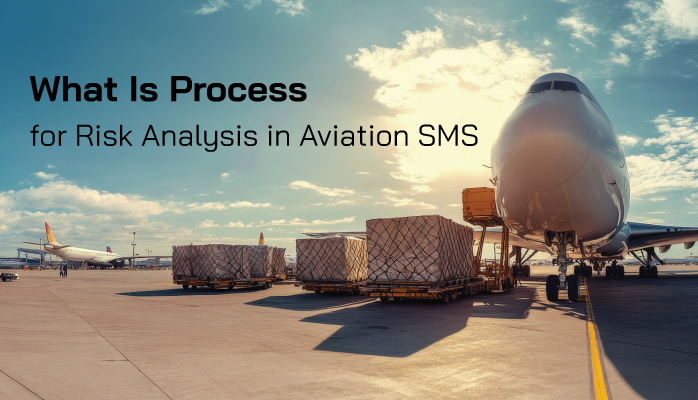What Are Responsibility, Confidentiality, and Privacy in Aviation Safety Management
In aviation safety management, responsibility, confidentiality, and privacy are the triad that affects how you handle reported safety information. Whether your organization is large or small, your leadership team needs to discuss these factors and decide how to handle them.
Your organization may decide that it doesn’t need to pay particular attention to this triad,
